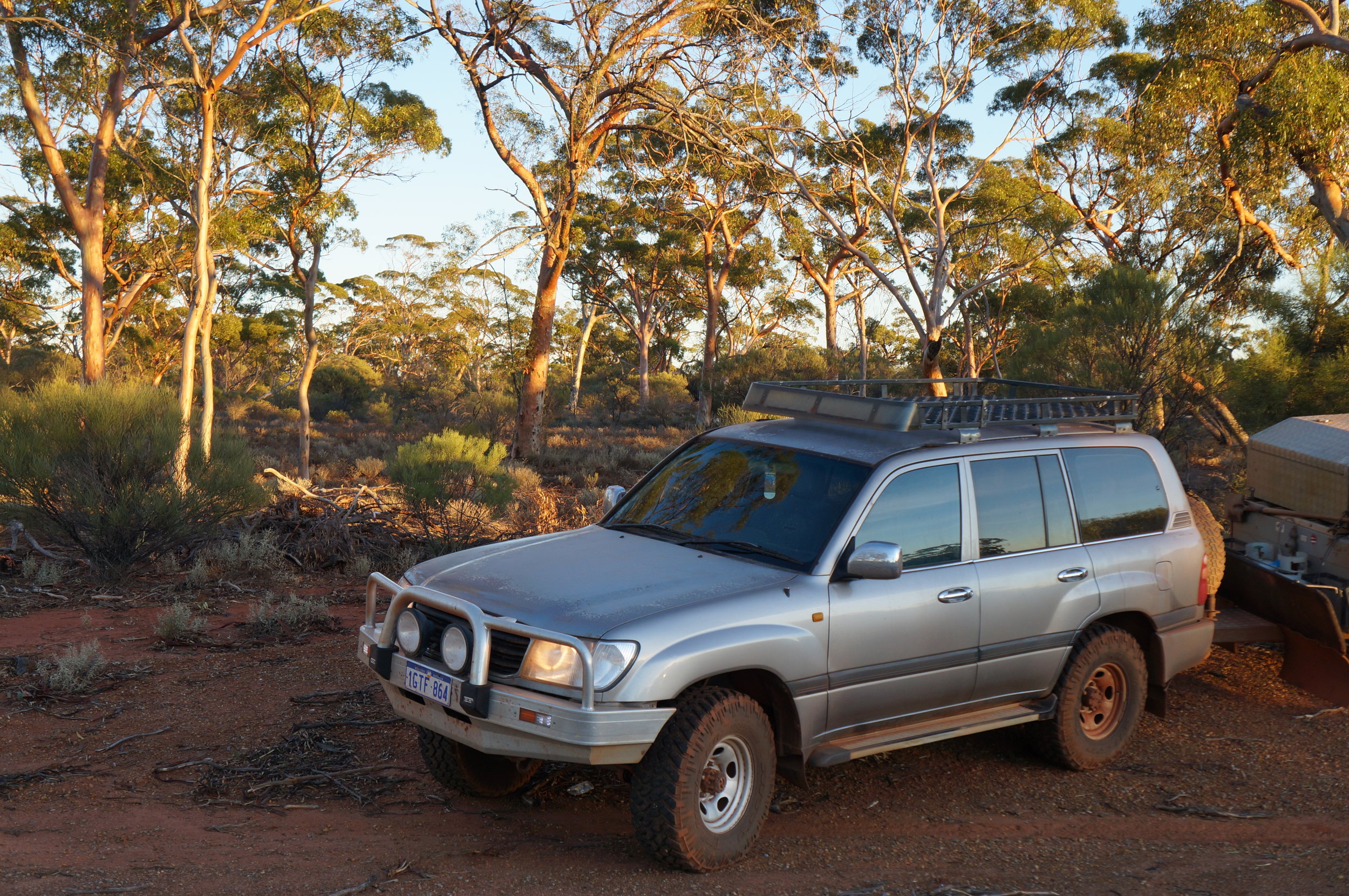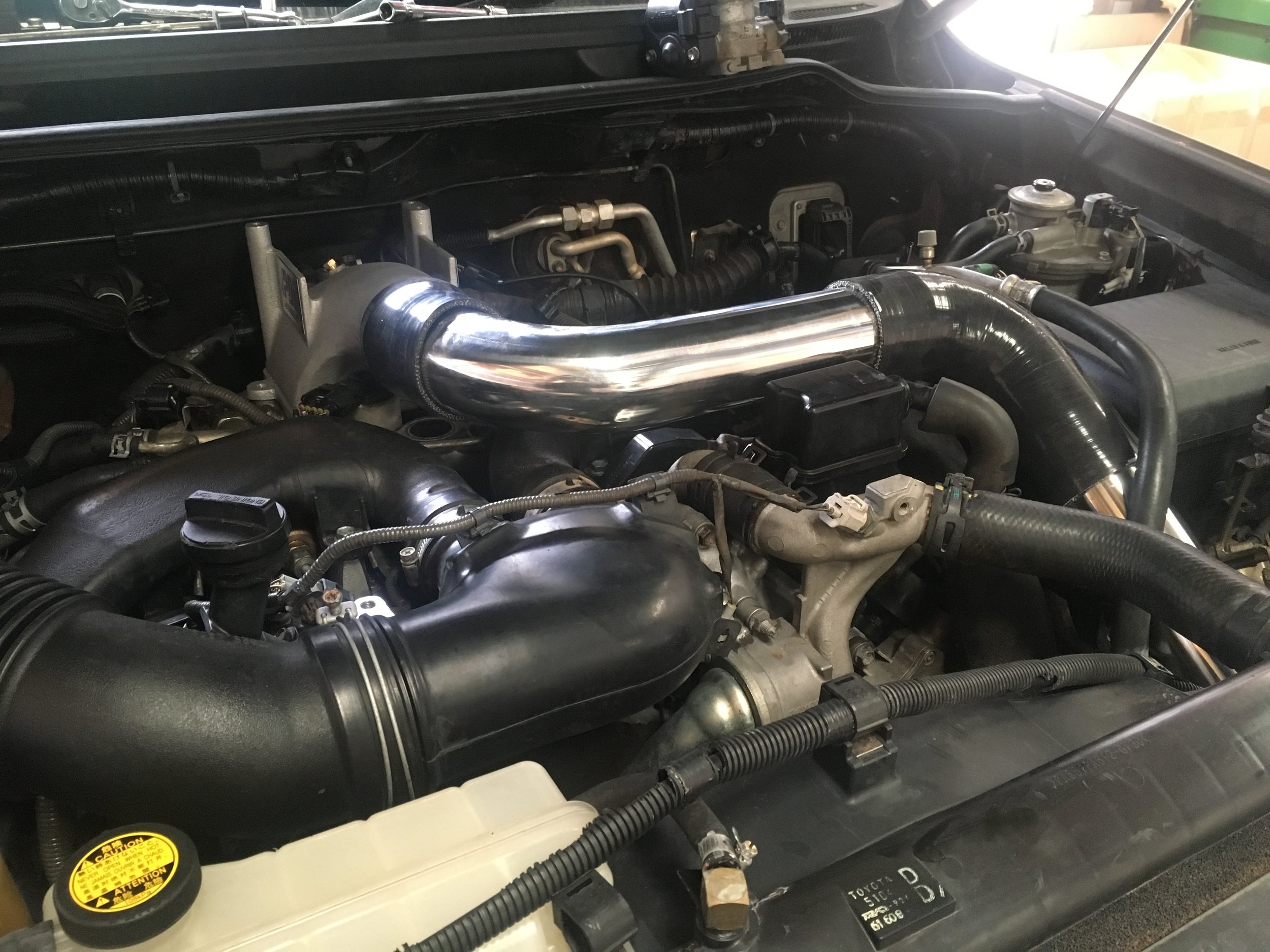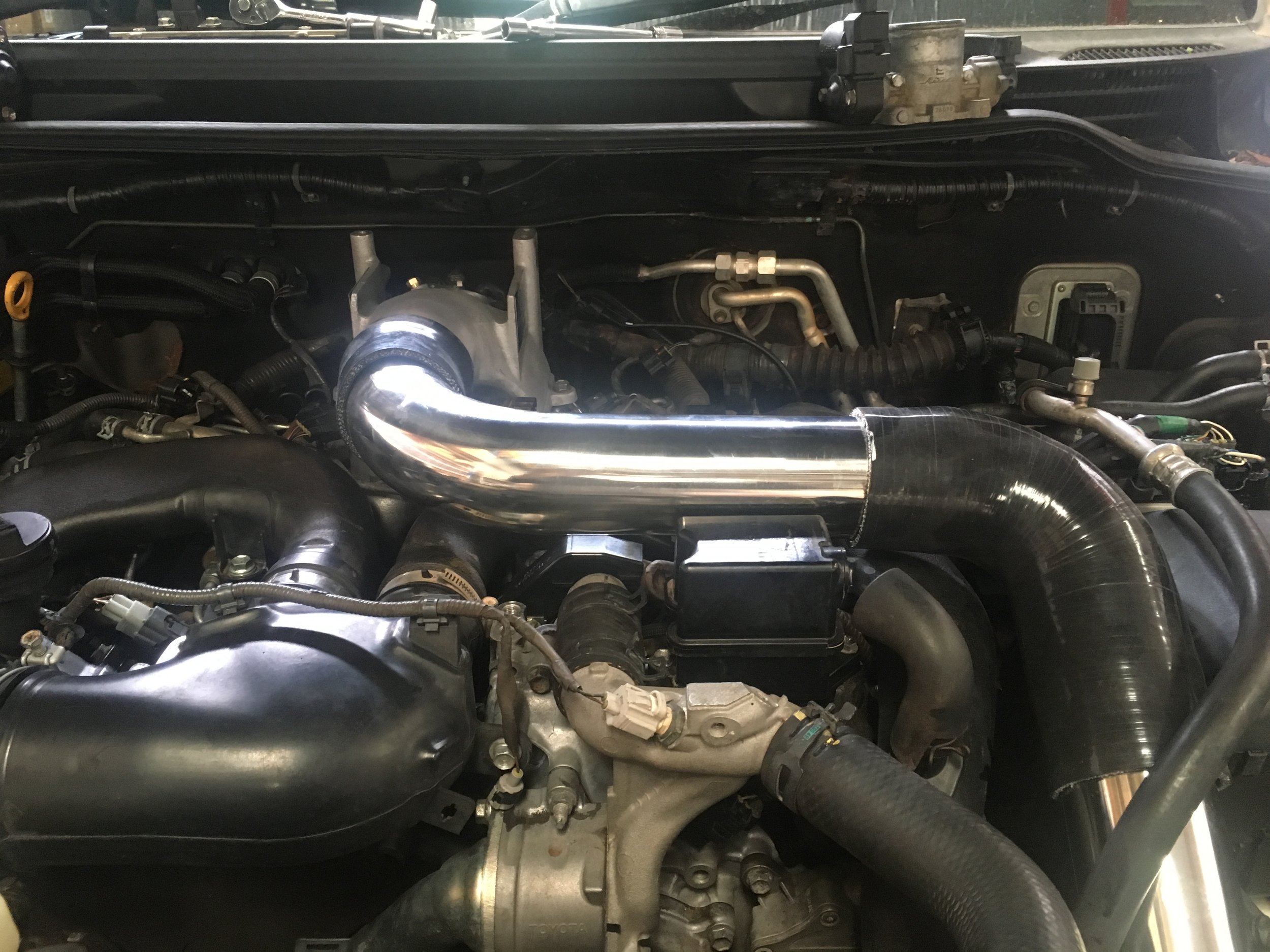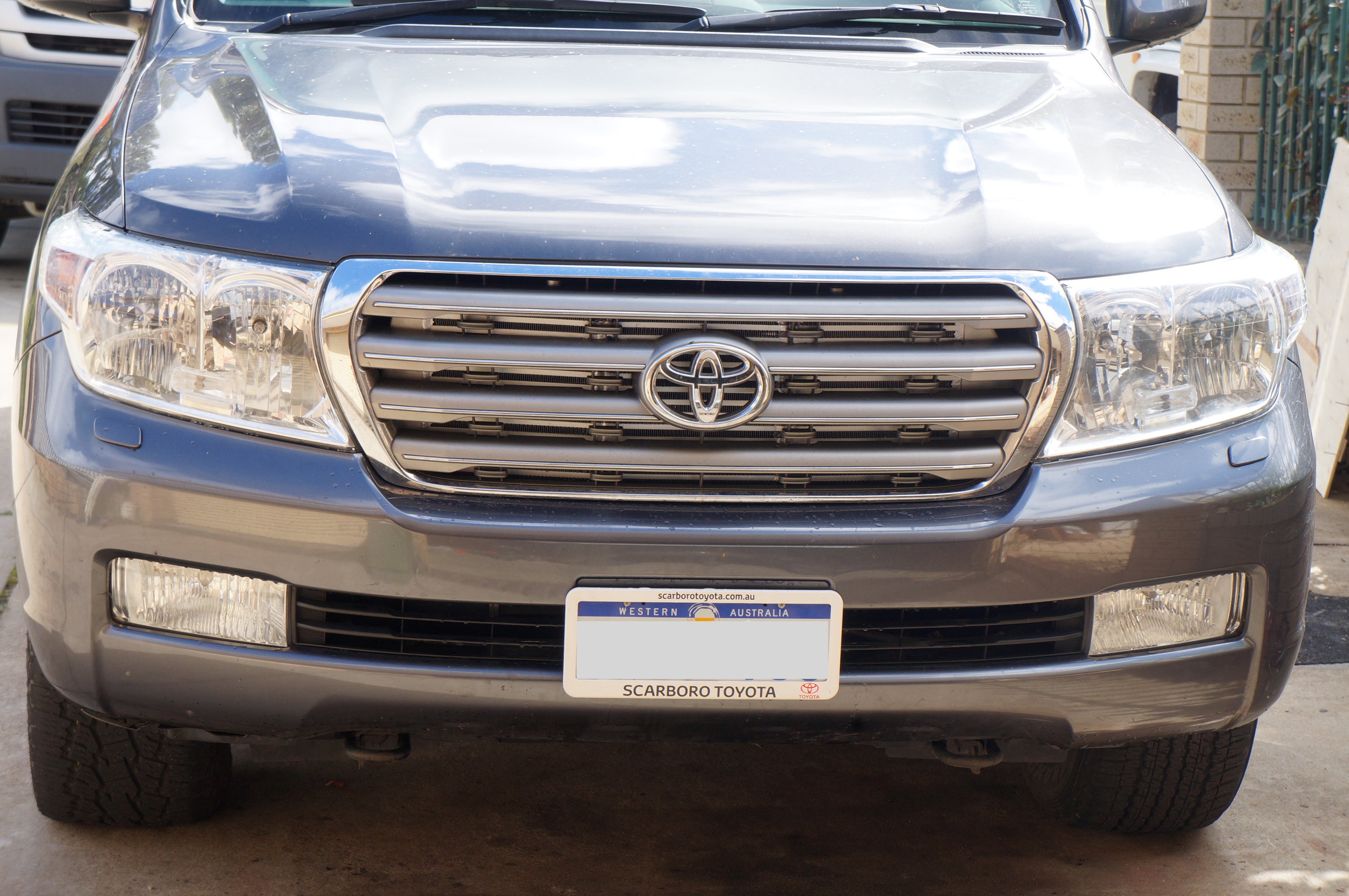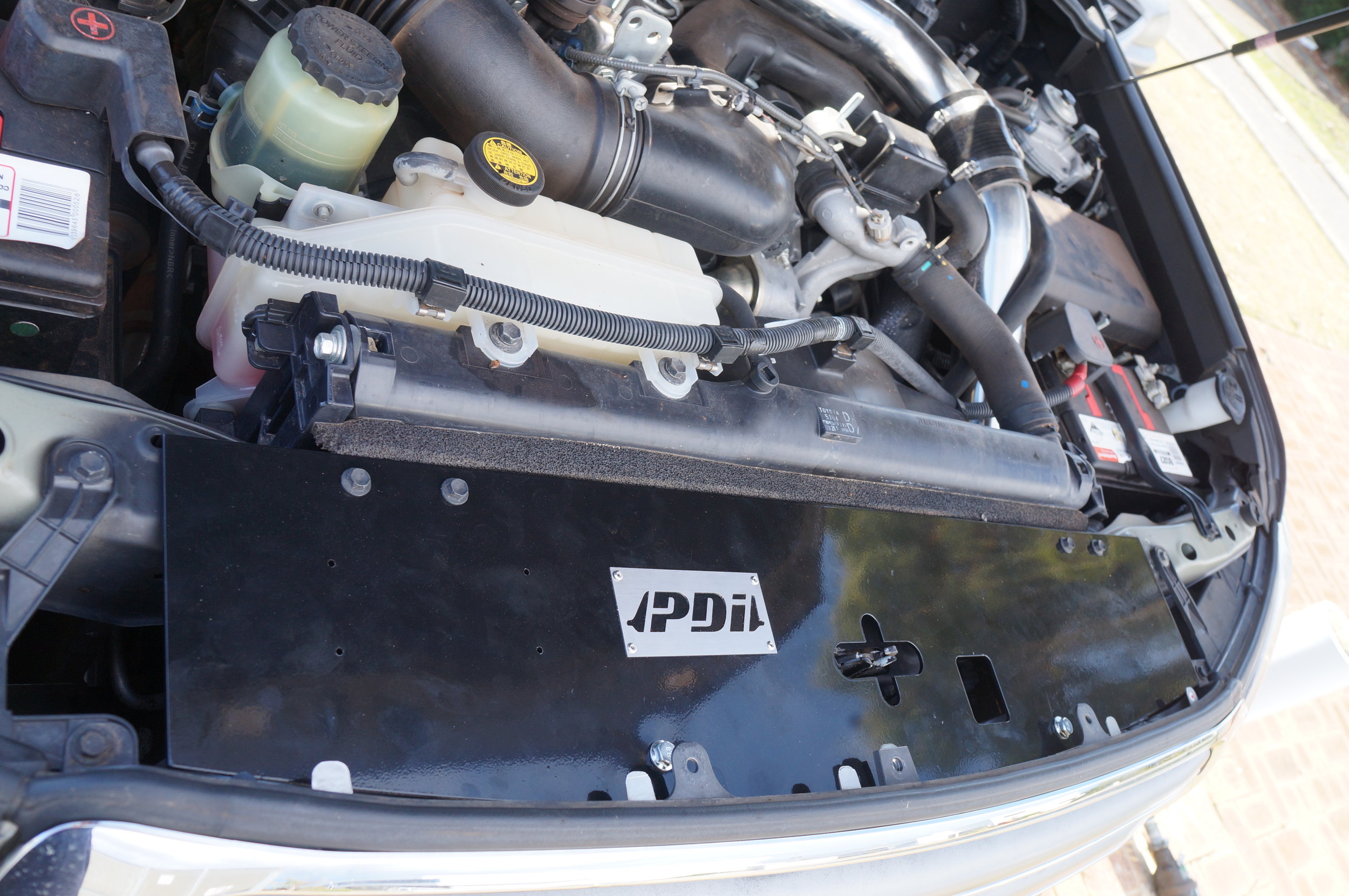We have the 6 speed auto running in our upgraded 1HDFTE powered Landcruiser 105 so before it goes in for a +300kwatw tune here is a bit of backstory. The plan is to provide adapters and setup for people interested in installing into their Landcruisers.
Mid 2021 we had a quick FTE powered manual 105 Landcruiser. With 302kw and 1060nm at all wheels it was fast. Doing 110kph on gravel and if wanting to accelerate it would start throwing rocks from all wheels. Fitted with:
PDI Mk2 front mounted intercooler.
PDI high flow airbox
Gturbo blue wheel running 42psi boost
Gturbo tuned DTE tuning module
ADS injection +70 injectors
NPC 1300nm clutch with machined factory flywheel.
Factory diff locks with PDI 3.55 diff gears
viscous coupled transfer case.
While the manual gearbox was doing the job, we felt it was at its limit, so started investigating alternative transmission options. Initially the 4L80 seemed to be commonly discussed, but that was discounted for various reasons.
We found some good information about the Ford 6R80, which is basically a ZF 6HP gearbox made by Ford under license from ZF. It has a number of improvements and was fitted to the Mustang and F-150 and was also fitted into the Australian Ford Ranger. information indicated that standard they could handle 700-1000hp in standard trim and with a few replacement parts could be strengthened to handle up to 1200-1400hp.
For testing we purchased a 4.5L petrol auto 105 series and did an engine swap. A European spec 1HDFTE was fitted with a similar upgrades to the above, but raising the bar to the next level using a custom GTurbo Blue wheel. We expect this will allow our max power to go up another 10-15kw (310-315kw) with better low end response. While the FTE was in front of the A442F, we learnt a few more tricks (and is something we will explore further), but still had to limit the power to stop it flaring on gear changes.
The fitment required custom adapters for bellhousing onto 1HD engines and on the back to allow the Toyota transfer case to rear. Custom crossmember and tail shafts is also required. We had the guys at Allfast Torque Converters do a custom triple plate torque converter.
The transmission controller we found was one of the reasons we chose the 6R80 and so far it has proved to be up to the task. Lots of functions haven’t been explored but we have good control over gear changes, tweaking the up and down changes, plus we have fuel cut on gear changes. Other options exist for different maps when in 4WD.
We have learnt lots about the 6R80 and this has pushed us to doing a range of transmission coolers to suit the Australian market including for the Ford Ranger and Everest plus the Isuzu, Holden and Toyota 4WD.
First impressions. Very smooth in all gear changes and tightens up nicely when pushed harder. We are confident this is going to hold the power we are chasing and will survive long term while towing and for some occasional aggressive driving.

